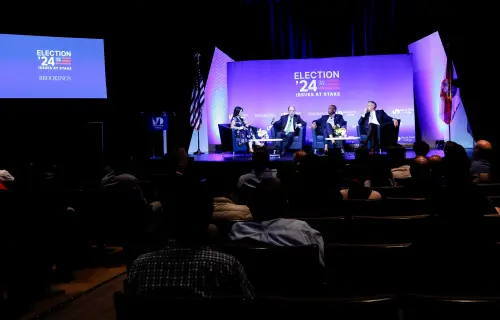Introduction
President Bush has made federal tax reform a priority for his second term. One well-known proposal for reform would replace almost all of the federal tax system with a national retail sales tax (NRST). This report addresses a technical and deceivingly simple question regarding the NRST: What would the required sales tax rate have to be?
The answer is important because people’s view of the sales tax could reasonably depend on how high the rate is. To the extent that federal revenues could be replaced and government programs maintained with a low-rate NRST, it would be relatively more attractive. To the extent that keeping the government whole would require very high NRST rates, the proposal is likely to be viewed as less attractive (and may not even be enforceable).
Determining the required rate appears to be the source of significant confusion in public debates. Part of the reason is that there are two ways to quote tax rates. Suppose a good costs $100, before taxes, and there is an additional $30 sales tax placed on top of that price. The tax-exclusive sales tax rate is the ratio of the tax to the pretax price (that is, the tax payment is excluded from the denominator). In this example, it would be 30 percent (30/100). The tax-exclusive rate corresponds to the ”mark-up at the cash register.” In contrast, the tax-inclusive tax rate is the ratio of the tax payment to the entire cost of the good, including both the pretax price and the tax payment itself; in this example, it would be about 23 percent (30/130). Note that for positive tax rates the tax-inclusive rate is always less than the tax-exclusive rate.
Although sales taxes are typically quoted in taxexclusive terms, income taxes are typically quoted in tax-inclusive rates. For example, someone earning $130 and paying $30 in income taxes would normally think of themselves as paying a 23 percent income tax. Neither method of quoting a tax rate is incorrect, but public discussion could be greatly improved if the difference between the two rates was clarified.



Commentary
The National Retail Sales Tax: What Would the Rate Have To Be?
May 16, 2005